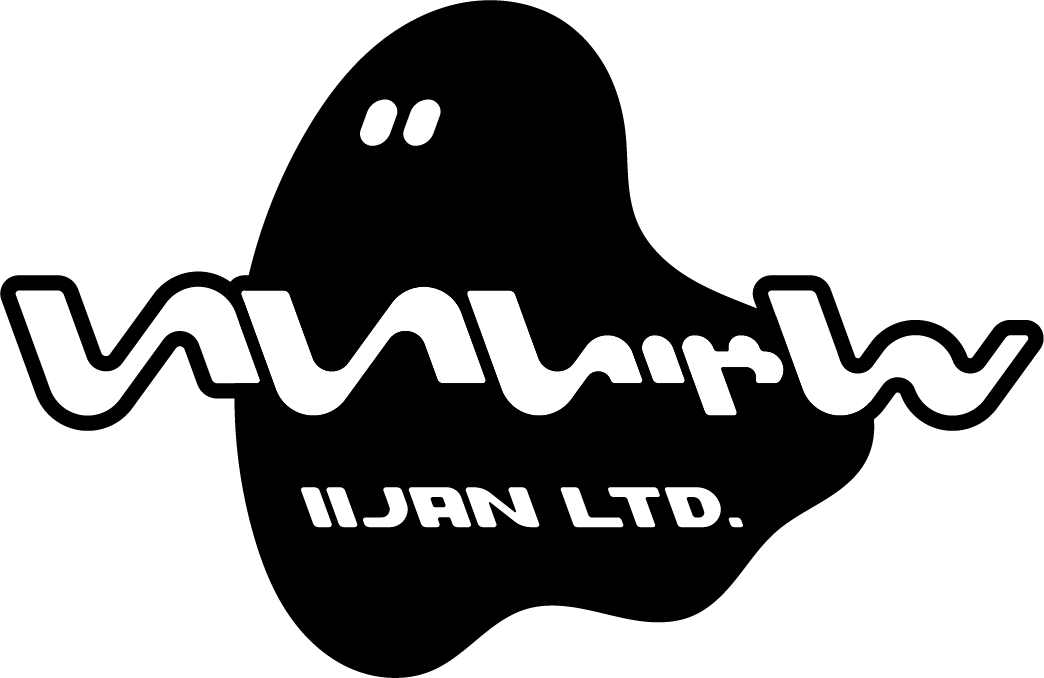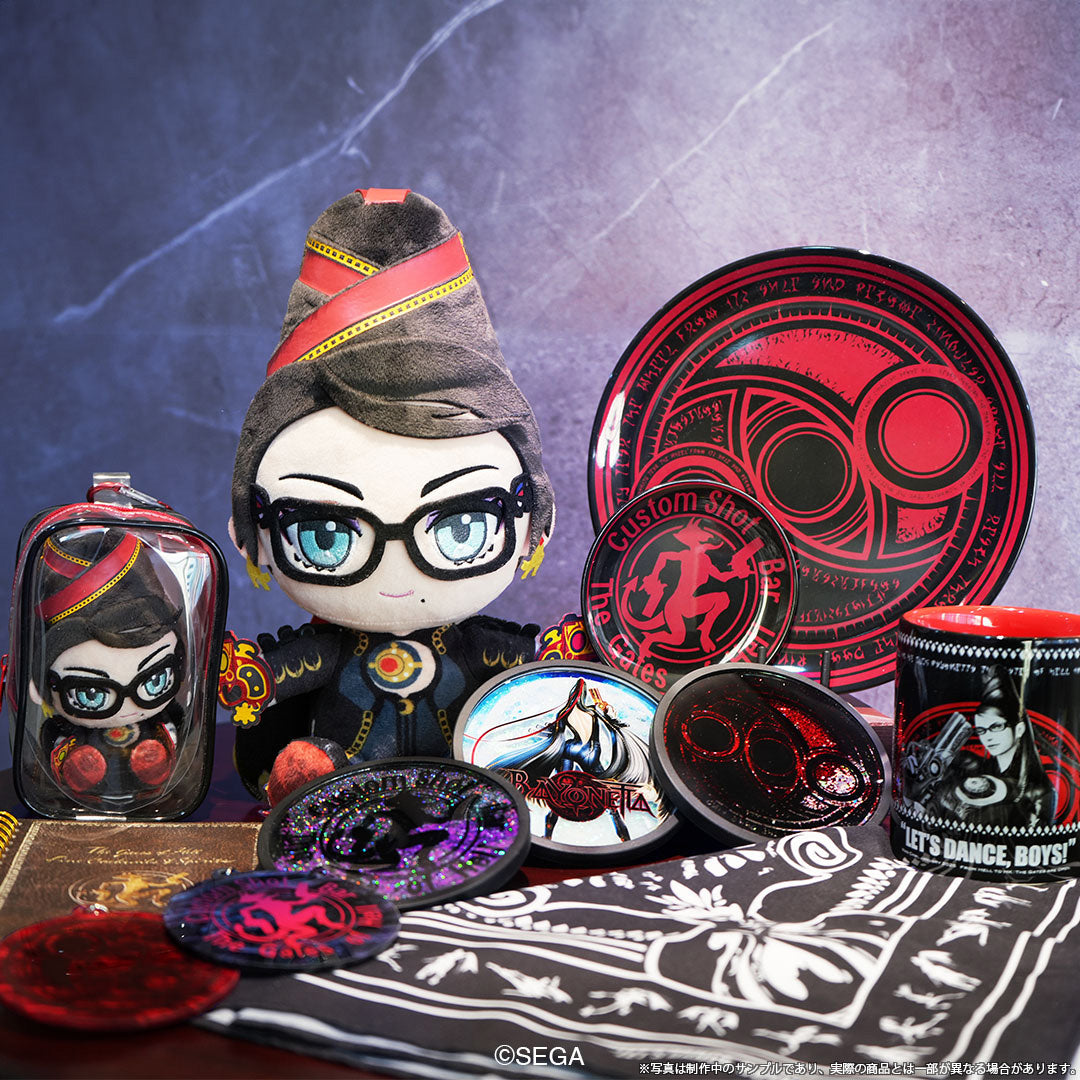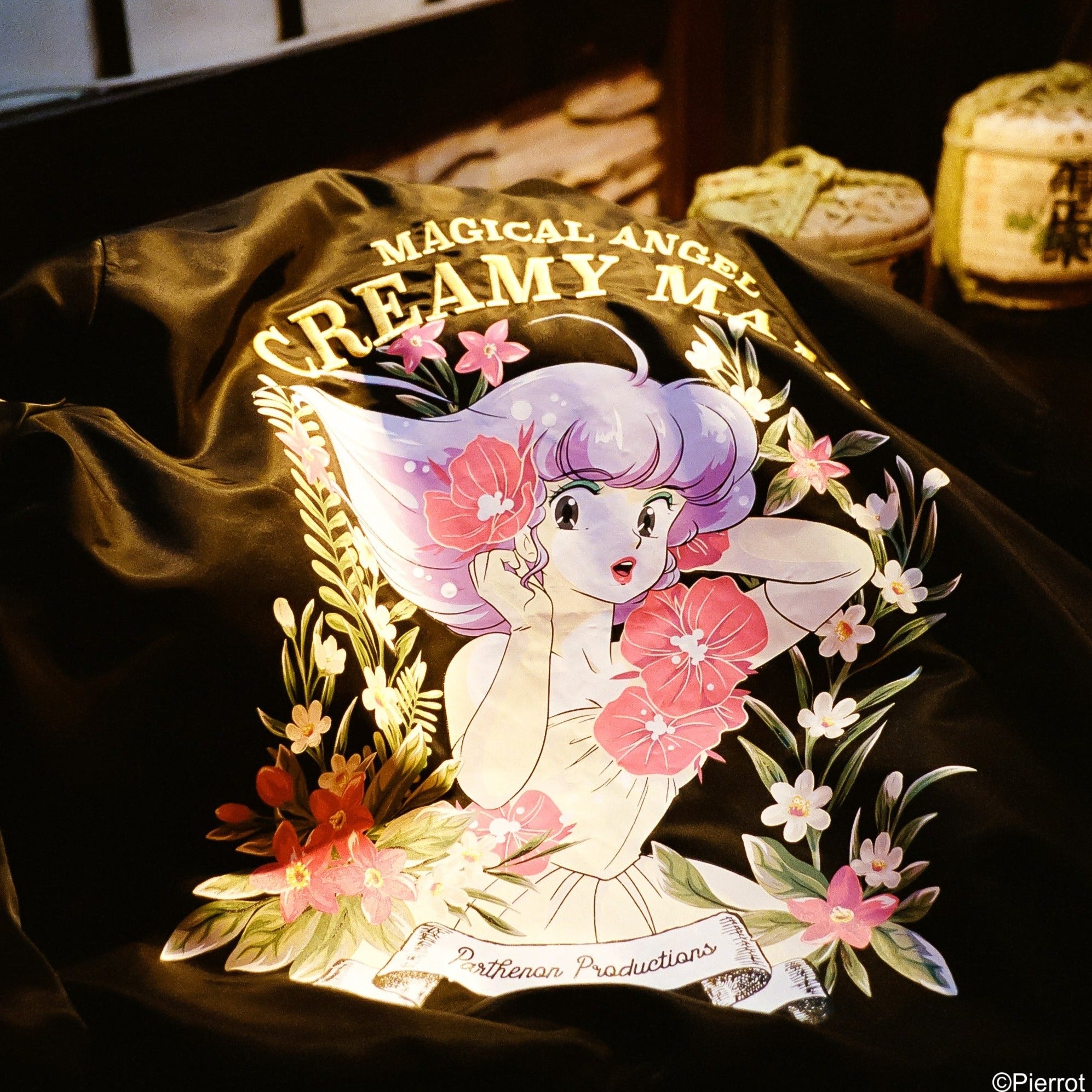【Furusato P (Producer) Anime Path】Episode 10:Sound Work: After Recording Comes Dubbing
In sound work, after recording, the next step is dubbing. This involves combining the recorded voices (dialogue), music (BGM), and sound effects (SE). Furthermore, to carry out the dubbing work, the state of the film (footage) needs to be at least partially colored. If that’s not possible, the rough or key animation needs to be filled in. In other words, without the images, you can't add the sounds.
During the recording sessions for "SAGA," there were many instances of key animation or rough footage, with fewer instances of colored footage. Therefore, we focus on adding color to meet the dubbing schedule. However, the production site rarely progresses smoothly.
If there are necessary sound effects for cuts that couldn't be colored, we mark the spots where the sounds should be added. For example, on the film called a "rush," if it's a footstep, we look at the time sheet and directly mark the timing when the foot hits the ground with a marker or a Derma (dermatograph), often writing an "X."
By the way, do you know what a "Derma" is? The way to extend the lead is a bit unique, so it's memorable. You peel off a narrow strip of paper in a spiral, like peeling an apple. I also remember using it during my school days.
If the footage is colored, such tasks aren’t necessary, but due to delays in drawing, painting cells, and backgrounds, it often can't be colored. Instead, we create various instruction sheets so the sound effects staff can understand.
However, without color, we can't tell if the ground is soil, concrete, or wood. This makes the sound effects staff struggle when adding footsteps. The same goes for indoor scenes; knowing what materials the walls are made of and the room's size changes the sound's resonance.
In fact, stepping into someone else's shoes reveals many things. Although I could never become a sound effects specialist myself, participating in dubbing sessions allowed me to gradually understand the meanings and reasons behind things, making it a truly challenging period.
Reflecting on it, when I was producing at Nippon Animation, we also used line tests. It was the same during the Ghibli days, with a mix of color and line tests. And it’s the same at Sunrise. It’s truly tough that, despite the changing times, this situation hasn't significantly improved.
On the day of dubbing, the participating members were Director Fukuda, Sound Director Fujino, Music Producer Fujita, the episode directors, Producer Tamura from VAP, and me. The person in charge of sound effects was Mitsuru Kageyama from Fiz Sound Creation. In technical terms, staff in charge of sound effects are referred to as "effect men." Here, we exchanged business cards again.
It was my first time working with Kageyama. Although the sound effects company is as same as the Brave series, the staff in charge were different, so we hadn't met before. Honestly, since we couldn't make everything all-color, I was quite nervous during the business card exchange. Kageyama... was smiling. I imagined that behind that smile, he might be angry because we couldn't make it all-color, but the work proceeded smoothly.
At that time, Kageyama was called "Inyan." It took a few more years before I could have trivial and silly conversations with Inyan.
We responded to opinions from Director Fukuda and Sound Director Fujino by changing certain sound effects, adjusting volumes, changing music, altering the starting points of music, and adjusting the stereo sound field. Sometimes, we would remove sound effects to emphasize a piece of music in a scene. Alternatively, in some scenes, we would remove both sound effects and music to focus on the dialogue.
Additionally, we adjusted the timing of the dialogue, regardless of the lip-sync of the animation. In such cases, we would re-shoot the cut to match the lip-sync.
Kageyama had been working on sound effects since the TV series, so he had many sound sources necessary for "Cyber Formula."
Nowadays, with digital work, there would be many sound sources stored on hard drives, but back then, it was not yet digital. In other words, it was all done in an analog environment. I recall that if the director or sound director suddenly requested a new sound effect, Kageyama would ride his bike back to his company to get the sound.
Sometimes, we even created sound effects on the spot and recorded them with a microphone. I remember this happening during the dubbing of a CD drama. We would have to wait for Kageyama to return.
We also made many CD dramas for "Cyber Formula SAGA." The recording for CD dramas was done in the same way as for the main series. Unlike the OVA main series, CD dramas often had a strong comedic element, making the recording sessions filled with laughter.
After the recording, dubbing would take place later, but since no visuals were needed for this, I could attend without feeling anxious. However, Fukuda would say, "I'll leave the dubbing of the CD drama to you, Furusato!" and wouldn't participate. "What? Oh, okay." Naturally, I couldn’t help but feel nervous.
I had never participated in the sound work for CD dramas during the Brave series. Therefore, I was quite worried about whether I would be useful during the dubbing sessions. From Fukuda's perspective, since Fujino and Kageyama were there, there shouldn’t be any problems. Indeed, that was true. My role was to listen and give the final approval once dubbing was completed.
Honestly, during my first dubbing session, I was just there. In the second session, I started to voice a few opinions. By the third session, I was able to suggest changes to sound effects and volumes, gradually getting accustomed to the process. I began to understand the key points I needed to focus on.
As a producer, the main points to check and listen for were whether there were any mistakes in the lines or if any inappropriate words were used. However, ideally, these should be caught during the recording sessions. Additionally, I should point out any obvious mistakes, like background noise that even a layperson could notice. Essentially, since I am a layperson, anything I notice should be corrected.
Incidentally, asking to change the music for a particular scene is typically the director’s job, but I would also make such requests if something bothered me. However, I was never fully confident, so I was always nervous inside!
Speaking of which, I remember we had Sahashi, the composer, create special BGM for the CD dramas. The reason being, the music for the SAGA main series was composed to match specific scenes and was often dramatic, making it unsuitable for CD dramas. Honestly, the BGM needed for CD dramas was light and comical. But there were few such tracks. So, we had Sahashi create several light, comical, and slapstick tracks, as well as some slightly suspenseful ones, using a synthesizer.
To my surprise, I visited Sahashi’s house, where I listened to the music he composed on his computer and synthesizer, playing the keyboard and creating the instruments and sounds on the spot. In no time, using the synthesizer, he quickly created simple tracks with selected instruments like piano and strings. The compositions were straightforward, often repetitive, and without much buildup, finished in no time at all. During that hour or two, I was sitting next to Sahashi, completely in awe, thinking, “Wow! How can he create this?” I was utterly flabbergasted!
In the case of anime, when I look at the script or illustrations, I can imagine the movements and acting, but with music, I can't tell what the notes on the staff will sound like, so I can't hear the music in my head. But Sahashi could produce it in no time, which was astonishing even though I understood it in theory.
The sound director, the effect man, the adjustment professionals, and composer Sahashi—all of their professional work made me feel the presence of "professional realms" up close every day.
I remember the dubbing work for CD dramas often started in the evening. After a few hours, the sound team’s excellent coordination brought the work to a close. However, it was already midnight, and I would take a nap on the sofa. I’m truly sorry for falling asleep while everyone was still working!!
In the morning, the final tape would be ready and delivered to VAP.
Nowadays, with digitalization and computer work, various sound sources are stored on hard drives, and countless tracks can be added. Adding new sounds can be done on the spot by copying from the hard drive, making it manageable. I think it must have been much more challenging back then to add many sounds.
I believe we had analog equipment like 2-channel open tape and tapes with several tracks. I now regret not learning how they used those at the time. If I ever get to learn about it in the future, I would like to write about it.
By the way, I think it would be interesting if everyone paid attention to the "sound" when watching old anime. You might notice that there are fewer sound effects and music tracks than you expected. Conversely, nowadays, there are more sound effects and a lot of music included.
Next time, I will write about the release of the first volume and participating in the last Comic Market at Harumi.
P.S.:
I've also started the YouTube channel "Furusato P Anime Road" today, so please make sure to subscribe and check it out.
🔻Here is the link
https://www.youtube.com/channel/UC_jrvVljSFUhGmxpCvYuq5A
🔻Furusato P Photo Album: This Week's Photo
Naotake Furusato
Born on May 3, 1961, in Aomori Prefecture, Japan, began his career in the anime industry in 1982 as a production assistant at Nippon Animation. By 1985, he was working as a production assistant on Studio Ghibli's "Castle in the Sky." In 1987, he joined Sunrise, where he contributed as a production progress staff, setting creator, production desk, and assistant producer (AP) on projects like "Mister Ajikko" and the "Brave Series." He was promoted to producer starting with "Future GPX Cyber Formula SAGA" and went on to plan and produce 14 original animation titles, including "Outlaw Star," "GEAR Fighter Dendoh," "Go! Machine Robo Rescue," "Mai-HiME," and "Mai-Otome."
In February 2011, Furusato established his own planning company, Odd Eye Creative, Inc. He served as planner and producer for series such as "Phi Brain: Puzzle of God" and "Cross Ange: Rondo of Angels and Dragons." He also assisted in planning "Revue Starlight" and participated as an associate producer on "Grendizer U." Currently, he is involved in the gaming sector and is preparing new projects.






Leave a comment
This site is protected by hCaptcha and the hCaptcha Privacy Policy and Terms of Service apply.